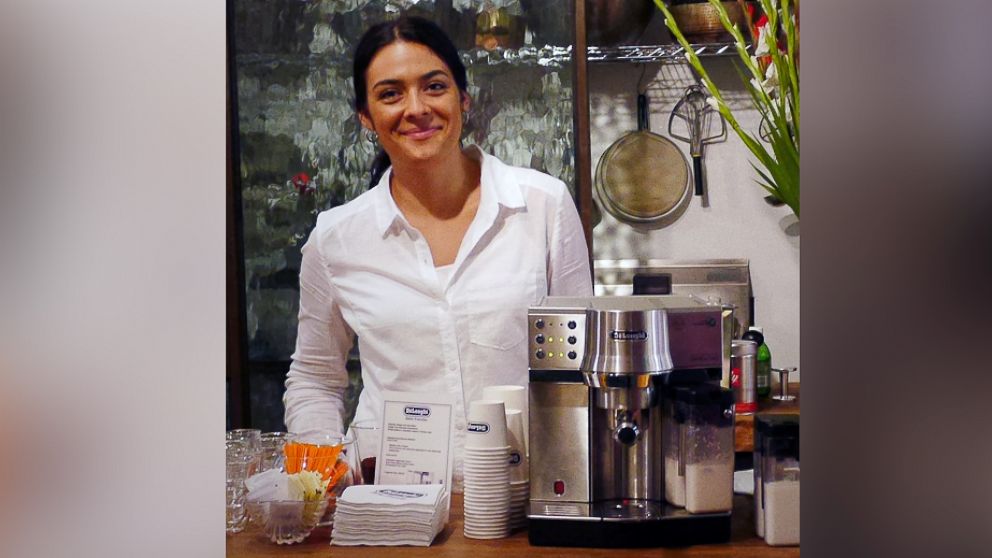Award-Winning Tips for At-Home Barista Brewing
America's number one barista shares her top tips for making coffee at home.

June 13, 2014 -- Chances are your morning coffee is of the press-and-brew variety – but it doesn’t have to be. With some simple pro tips and the right equipment, America’s top barista Laila Ghambari insists you can do better.
Ghambari, 26, recently won the title of America’s barista champ at the Specialty Coffee Association’s national competition, sending her to Italy for the world round, where she placed in the top 10.
“It’s a 15 minute presentation, and you serve three different drinks to four judges – an espresso, cappuccino and a signature drink,” Ghambari explained to ABC News. “So for 15 minutes you’re talking about the coffee, making it, telling them what it's going to taste like, and they’re evaluating the drink and how well you make it, and there are some technical judges who are watching you and timing you and watching your motions to make sure they’re fluid and clean.”
It’s safe to say that the person who is among the 10 best coffee makers in the world is well-qualified to offer tips on how you can do the same. Read on for her top at-home tips that may seem like small details, but are the things that will take your morning joe to competition-worthy levels.
Drip coffee: Make sure your coffee brewer gets up to the right water temperature. A lot of home coffee brewers only go up to 180, and to brew coffee at its best it needs to be around 195 to 205 degrees for a good extraction. Generally 60 grams of coffee to 1000 grams of water is a really good ratio to start with.
Espresso: Having a good grinder will really help with your espresso at home. Sometimes grinders don’t grind quite fine enough. A burr grinder is best. Stay away from blade grinders.
Cappuccino: It’s all about the texture of the milk – you want the milk to look and feel like the texture of melting ice cream. This really thick, creamy texture that’s dense. Two percent is great for getting a rich foam.
Foam art: The espresso in the cup is sort of like your canvas. And the milk is your paint; that’s what you’re drawing with. You need to get the milk very, very close to the canvas to draw the art.




